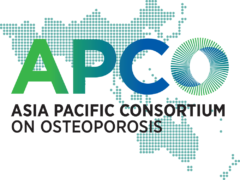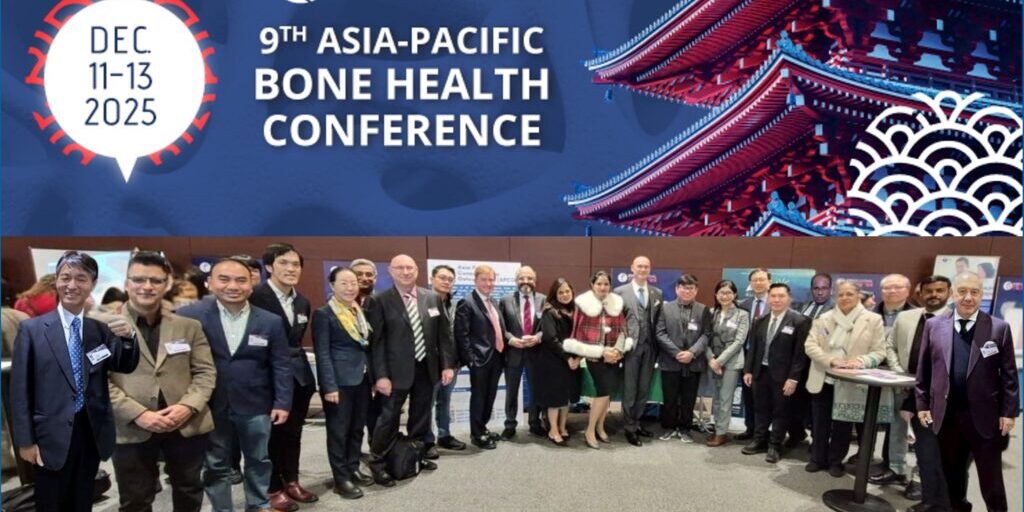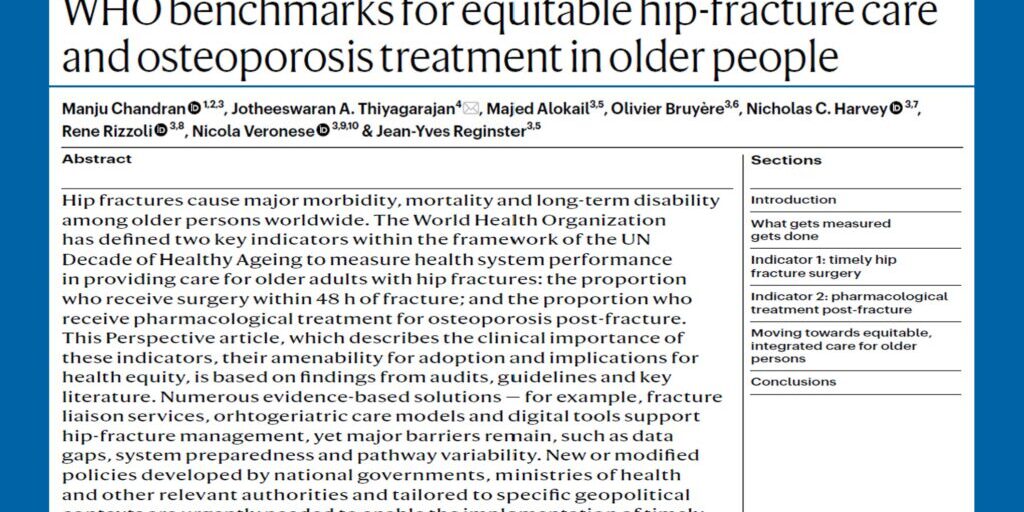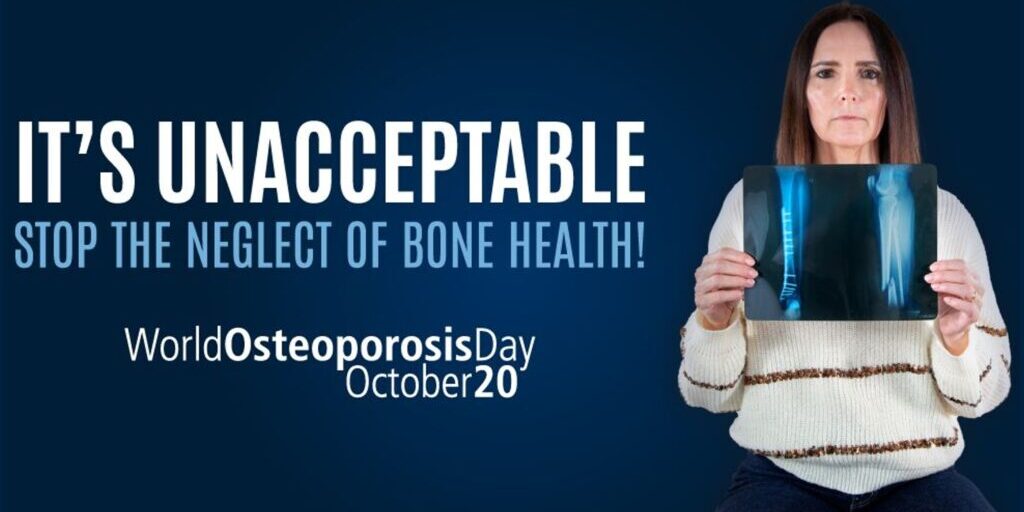More than 300 genetic variants have been discovered to be associated with osteoporosis or fracture. The magnitude of effect of these variants on fracture risk is very modest. One may ask: how can doctors utilise genes for fracture risk assessment?
Consider the following case: a 70 year old woman whose femoral neck BMD is 0.72 g/cm2 (non-osteoporotic), who has had had no prior fracture, but has fallen once in the past 12 months. The Garvan Fracture Risk Calculator predicts her 10-year risk of fracture is 24 per cent, which may not be an indication for treatment. Now, if we know her genetic information, would that change your decision not to treat?
In this blog, I am going to convince you that genetic information, which is unique to an individual, can help doctors better identify people at high risk of fracture over and above what existing fracture prediction tools can do.
How do we know that the variation in BMD between individuals is partly due to genetic factors? The answer comes from twins. Twins are wonderful people for learning about biological inheritance. Identical twins share 100 per cent of their DNA while fraternal twins share 50 per cent. Under the hypothesis of genetic inheritance, we would expect that the correlation between identical twins should be approximately twice the correlation between fraternal twins. Thus, by analysing the difference in correlations between identical and fraternal twins, it is possible to pinpoint how much variation in a trait is attributable to genetic factors. This approach was pioneered by Sir Francis Galton in the 19th century.
In the field of osteoporosis research, twin studies in the 1970s and 1980s have shown that up to 80 per cent of the variation in bone mineral density (BMD) can be attributed to heritable factors. Moreover, between 25 – 35 per cent of the variance in the liability to fracture is heritable, consistent with the finding that women with a familial history of hip fracture have a 2-fold increase in the risk of hip fracture. Thus, it is now established that osteoporosis and its consequence of fragility fracture, is heritable.
Establishing the genetic effect on a trait is easier than finding specific genes that explain the effect. The task of searching for specific genes linked to a trait such as BMD can be likened to finding a needle in the haystack! Nevertheless, with advances in genotyping technology and bioinformatics, after almost two decades of “gene hunting”, we and others have identified more than 300 variants associated with BMD.
While the finding represents a triumph of science and technology, a small twist is that these variants explained only 10-12 per cent of differences in BMD between individuals. Furthermore, the odds of fracture associated with each of these variants is typically in the range of 1.05 to 1.15 – a very modest effect. With such a modest association, one may ask: how can doctors utilise genes for the identification of high-risk individuals in the general community?
One way to pull the effects of genetic variants en masse is to generate a polygenic risk score (PRS) for every individual. Operationally, PRS is created as the sum of trait-associated variants weighted by their effect sizes, the latter derived from genome-wide association studies. Therefore, PRS can be seen as a quantitative index of the genetic burden related to a disorder, and is specific to an individual.
We and others have created such a PRS for fracture risk prediction. Our PRS, named “osteogenomic profile“, predicts fracture risk independently of age and clinical risk factors. In the MrOS cohort, a PRS constructed from 63 genetic BMD-associated variants was also associated with the risk of total fracture. In postmenopausal women of Korean background, a PRS constructed from 39 variants improved the precision of non-vertebral fracture prediction. Quantitative ultrasound measurement (QUS) is associated with fracture, and PRS generated from QUS can also help identify individuals at risk of fracture or osteoporosis. Taken together, PRS could be used as a new genetic index for fracture prediction.
Although these findings are promising, it is important to emphasise that the profile is not yet ready for use in clinic. However, the findings do bring us a big step closer to the idea of precision risk assessment of fracture.
Back to the case of the 70 year old woman. The Garvan Fracture Risk Calculator estimates her 10-year risk of fracture is 24 per cent. Now, assuming her PRS is in the top 5 per cent (e.g. high risk), then her revised 10 year risk is now 32 per cent, which may be an indication for treatment. In this case, a knowledge of genetic factors in the form of PRS can potentially change treatment decisions.
Professor Tuan Nguyen, Garvan Institute of Medical Research, Sydney, Australia.






